Santander It is one of the cities that I know best in Spain because I have been visiting it for years.
But the truth is that this knowledge has always been limited to the enjoyment of its greatest tourist attractions such as, for example, the Magdalena Palace, the beach and mansions area Sardinero, the promenade or its bay.
It has been in my most recent trip to the Cantabrian capital, and during a new visit to the urban center, when I discovered its historical aspect, and specifically several aspects related to it.
Input, what Santander was like in medieval times, a very small town with barely hundreds of inhabitants, and whose location on the seashore is now difficult to imagine.
And on the other hand, I recognize that until said visit it had not occurred to me thatSantander has a cathedral!!.
This historical facet has been discovered through the guided tours organized by the Santander Tourist Office, which allow you to get to know the cathedral, as well as the remains of the medieval wall which are now open to the public under the nearby porticada square.
All the information in detail
History of medieval Santander
It is during the visit of the cathedral when you discover that Santander In the 200th century it was a coastal town of just under XNUMX inhabitants, which sat on a hill where the Romans had established themselves in the XNUMXst century.
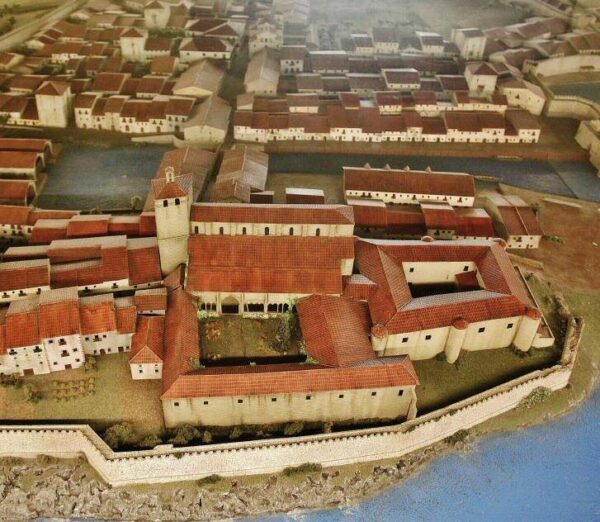
To that place in the 8th century the relics of the Saints Emeterio and Celedonio, which were deposited in a first sanctuary that was built on some old Roman baths, and which is the origin of the current cathedral.
In the aforementioned 12th century the King Alfonso VIII granted to Santander un special jurisdiction to promote its settlement in view of the commercial development of its port on the northern maritime routes.
This caused the walled city to reach 2.500 inhabitants, forming part of what is known as Brotherhood of the Four Villas of the Costa de la Mar with Laredo, San Vicente y Castro Urdiales.
In the 13th century, on the hill known as Somorrostro Hill a group of buildings known as the Old Puebla formed by a castle, the abbey, predecessor of the current cathedral, and the houses that surrounded them.
On the other side of a canal, in the area of the current streets of San Francisco y Casa Particular in Santa Clara, the New Puebla.
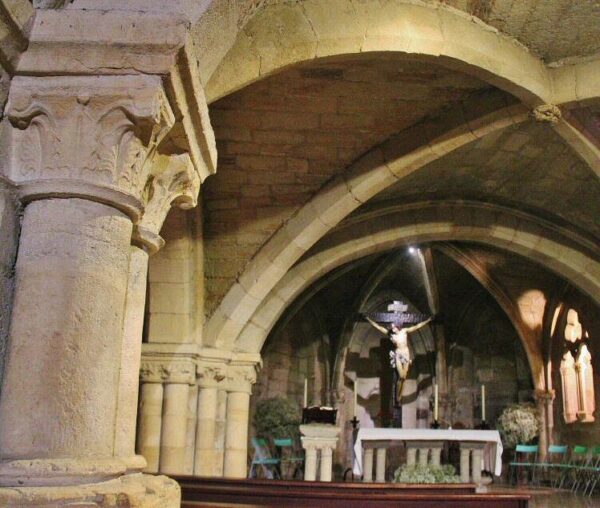
Said channel, which corresponds to the current Calvo Sotelo street, was occupied by some shipyards for the construction of ships, and the Pereda gardens and the entire port area were occupied by the sea.
Saying Santander of the 12th century was surrounded by a Wall less than a kilometer and a half in length.
The best way to visualize what it would be like Santander in the 12th and 13th centuries is during the visit of the medieval wall.
And to see what it was like in the 18th century, you have the Santander model shown in the cathedral, which represents the time in which it was granted the title of city, specifically, in 1755, to acquire the capital status of the territory a little later.
At that time the city became increasingly important due to the rise of its port for trade and commercial trade with the American hills.
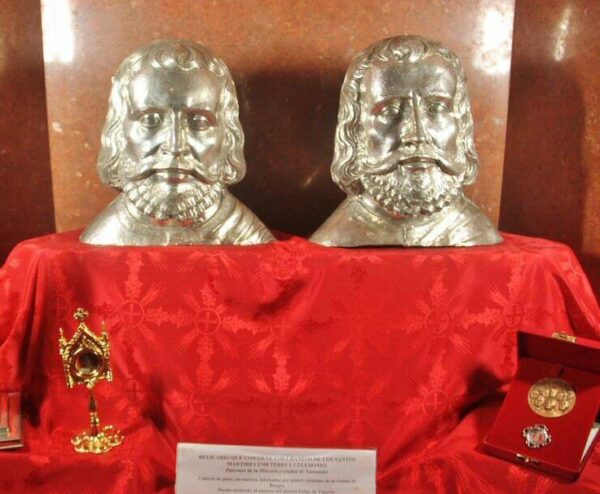
What to see when visiting the Santander Cathedral
Now that I know the cathedral, one of the main cultural visits to do in Santander, I understand the reason for not having been aware of its existence, since it is not a large building as we can imagine cathedrals.
On the contrary, it is the building of what was the main parish of Santander, which in the mid-18th century was declared a cathedral to represent the new Bishopric of Santander, after its separation from Burgos.
But when you go to visit the cathedral you will discover that there are two churches, one superimposed on the other.
Church of Christ, crypt of the Santander cathedral
The lower one is the original from the 12th century, and the upper one was built between the end of that century and the 14th.
ORGANIZE your TRIP
- Don't forget your TRAVEL INSURANCE with a 5% discount
- Book the HOTEL for your trip
- RENT a CAR for your trip
- The best TOURS and EXCURSIONS in Spanish
- NO-LINE TICKETS for museums and monuments
- Best FREE TOURS around the world
- Book your TRANSFER from the airport
- eSIM card with INTERNET at the best price

The lower one is known as the church of christ, and its robust columns with plant decorations, as well as its low height, will draw your attention.
Gothic in style, there you can see the relics of the skulls of the aforementioned saints, as well as archaeological remains of the ancient Roman baths.
Cathedral-Basilica of Santander
The upper church, which is called Cathedral-Basilica of Santander, is also Gothic in style, although it has baroque style chapels.
Next to it there is a large Gothic style cloister.
Over time it had various extensions, such as the presbytery and the ambulatory, rebuilt after the terrifying fire that the area corresponding to the old medieval city suffered in 1941.
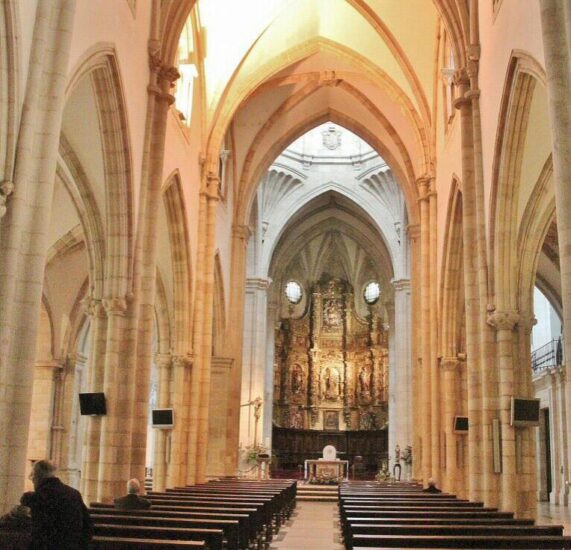
During the tour can climb to the top of the bell tower, yes, with the advantage of doing it by elevator, since it had to be rebuilt after the aforementioned fire.
Santander History Interpretation Center
From the top of the tower, between the gaps left by the bells, you have panoramic views of the city.
Then you will go down the various floors where the History Interpretation Center of the city of Santander.
La guided tour of the bell tower lasts an hour and a quarter, and in summer they also take place guided tours of the cathedral.
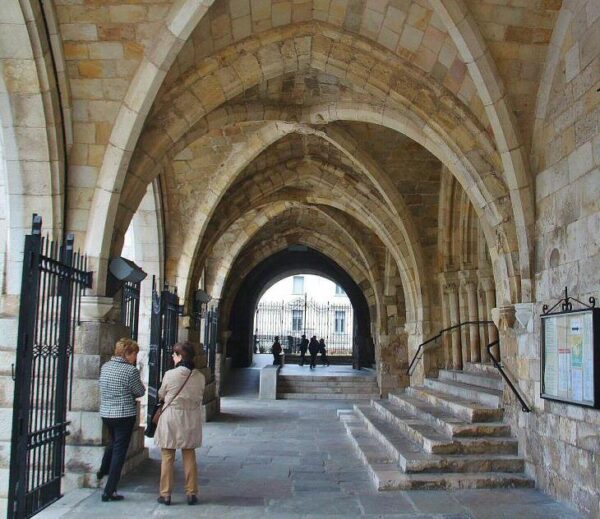
Visiting times for Santander Cathedral
The Santander Cathedral schedules They are, Monday to Friday, from 10 a.m. to 13 p.m. and from 16,30:19 p.m. to XNUMX p.m.
On Saturdays it is open in the afternoons until 20 p.m., and on Sundays and holidays, from 10 a.m. to 13,30:17 p.m. and from 21 p.m. to XNUMX p.m.
The Guided tour schedules of the aforementioned Interpretation Center and the tower of the Santander Cathedral They are every day of the week at 10,30:11,45, 16,45:18, XNUMX:XNUMX and XNUMX hours, except from Sunday afternoon to Tuesday morning.
They are free and you must sign up at the Tourist Office of those close Pereda gardens.
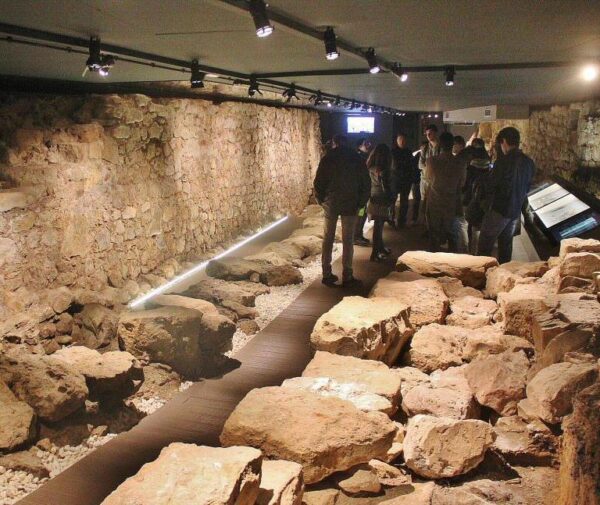
How to see the medieval wall of Santander
This visit of the history of Santander It is highly recommended to complete it by watching the archaeological remains of the old medieval wall, which were discovered in the nearby porticada square during excavations carried out in 2006.
This is a very interesting tour, complemented with a multimedia presentation during which it is shown what the medieval wall of Santander, as well as life during the 12th century in the then very small population.
You will be able to see a section of about 25 meters of the wall, between what was the Sea Gate and Don Gutiérrez's wicket.
The Visiting hours of the medieval wall of Santander It is at 11, 12, 13, 17, 18 and 19 hours, with free pass, and you also have to sign up at the tourist office of the Pereda gardens.




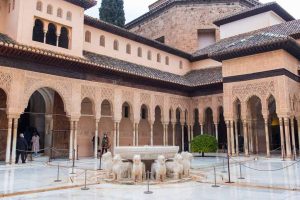
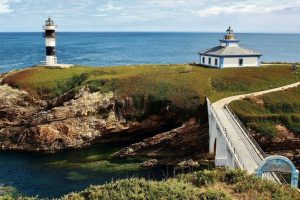











This afternoon I saw, through a window, that around ten past seven a mass was being celebrated on the ground floor of the cathedral, on the corner of Cádiz street, which leads to the new museum exhibition hall.
I would like to know the schedules of celebrations there. Thank you
Thanks for the input. I was surprised to see that there are free visits in Santander, in the end you get one for the cathedrals that we already finance with our taxes...